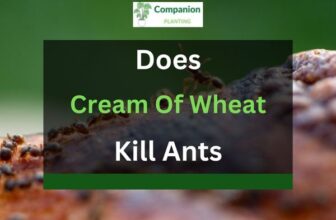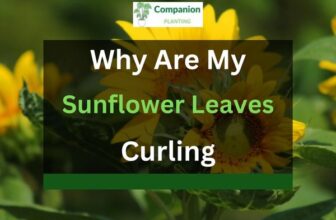What is Eating My Salvias? (And How to Stop it)
The blossoms of Salvia are a wonderful addition to any summer garden.
Many homeowners look to this plant to bring some vibrancy and fragrance to the space outside their homes.
There are various forms of Salvia, each uniquely colored and with flowers full of nectar which are a real magnet for butterflies, bees, and other pollinating insects.
However, due to its nutritious content, Salvias also attract numerous pests who find it very tasty and enjoy munching on its leaves and flowers.
Some of them can seriously damage the plant in just one night.
So, if you don’t take some precautions, you may find yourself wondering what is eating my Salvias.
Below, I’ll list all the usual suspects and potential culprits for damaged Salvias and explain what you can do to keep them away from your plants.
So, let’s dive in!
Table of Contents
What is Eating My Salvias?
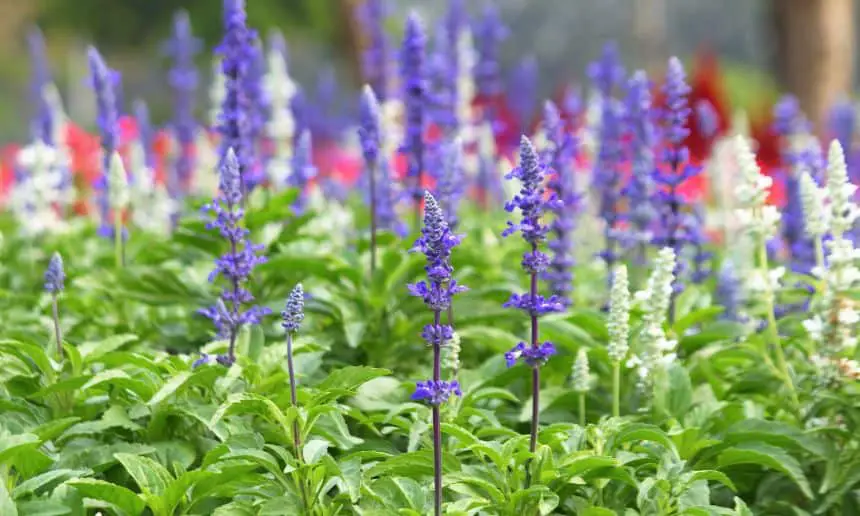
Even though the strong smell of Salvia repels many pests, there are others that will still enjoy feeding on this plant.
If you find your Salvia damaged, there’s a wide range of animals and insects that can take the blame.
Luckily, most of this damage is preventable if you maintain your plants properly and take certain precautions.
Slugs and Snails
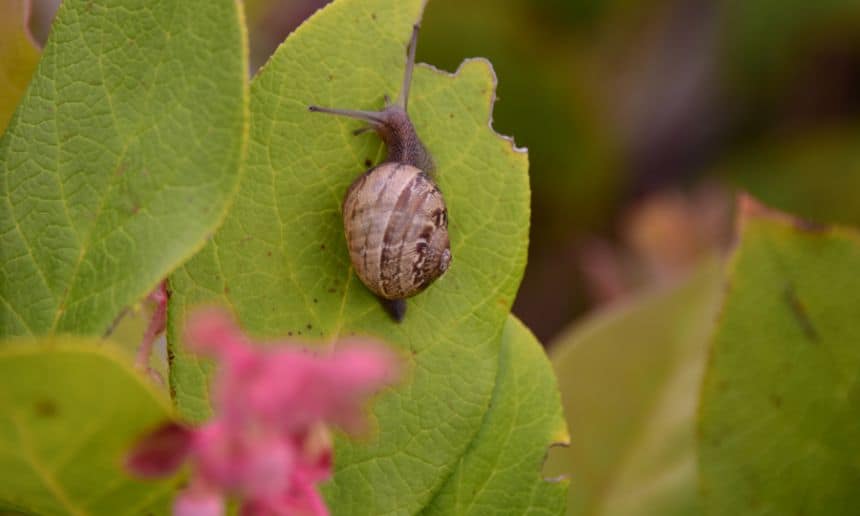
If you wake up to find that something was feeding on your Salvias foliage, the most likely offenders are slugs and snails.
Slugs are strictly nocturnal, so any damage they cause will be done under the cover of the night.
During the day, they usually like to hide in mulch or other shady and hidden spots. As soon as night come, slugs come out of hiding to feed on leaves.
When that happens, all that you’ll find in the morning are damaged Salvia foliage and the slimy trail they leave behind them.
However, they won’t attack every variety of Salvia.
They prefer feeding on Salvia splendens, while the harsher leaves of Salvia argentea usually keep them away.
How to Stop Slugs from Eating My Salvias?
The best way to stop slugs from eating your Salvias is to catch them in the act.
This means, taking the torchlight and going to the garden at night, picking them off by hand, and killing them by throwing them in a bucket filled with soapy water.
If you have ducks, you can get rid of caught slugs by feeding them to these birds. The downside of this method is that you’ll have to do it rather frequently.
Another approach to dealing with slugs is to dig a small hole in the ground and put a cup filled with beer or milk in it.
Slugs should be attracted by these traps and likely you’ll find them in these cups in the morning.
Make sure that the cup is about half an inch above the ground, so no other, potentially beneficial garden animals or insects get caught in it.
Caterpillars

Besides slugs and snails, another kind of pest that likes to feast on Salvias are caterpillars.
While grown butterflies are drawn to Salvia flowers while they’re in bloom and are very beneficial due to their pollinating role, caterpillars mostly love to feast on leaves and can do a lot of damage in a short time.
Even though they prefer leaves, they also can eat any other part of the plant.
Small holes on leaves are commonly the main evidence that caterpillars were eating your Salvia.
How to Stop Caterpillars from Eating My Salvias?
Similar to the way you may deal with snails, you can eliminate caterpillars by picking them off by hand and throwing them in a bucket with soapy water.
If the caterpillar infestation is already in full swing, you can use BT Thuricide or worm killer which you can buy in your local garden supply shop and use it to eliminate them.
As these are organic solutions, they will only deal with pests, without harming useful insects such as bees or ladybugs.
A timely reaction is of the essence here, as caterpillar infestation can spread and get out of control really fast.
Spider Mites
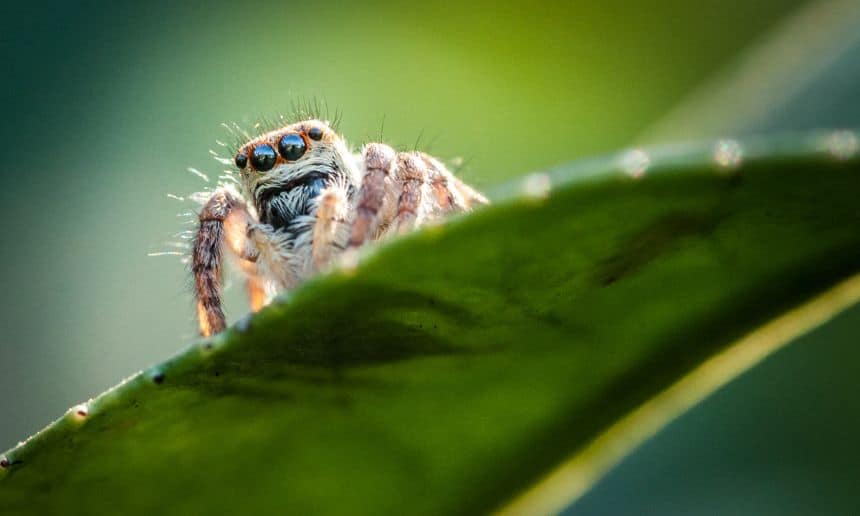
During the summer, when the weather is hot and dry, spider mites can become a real nuisance and a serious threat to your Salvias.
Spider mites have special parts of their mouths that they use to pierce the leaves and suck fluid from them.
Over time, if this pest is left untreated, this can kill the plant as it won’t be able to feed itself through photosynthesis.
Spider mites are very small and you may not even notice them.
The main sign that they’re eating on your Salvia is the presence of yellow and white spots on the leaves.
If you fail to deal with spider mites on time, the damage will soon become much more visible, with entire leaves becoming distorted and discolored.
How to Stop Spider Mites from Eating My Salvias?
The best way to deal with potential spider mites infestation is to prevent it in the first place, by regular maintenance of your Salvias.
This includes keeping the plants hydrated and regular spraying of foliage.
If spider mites still appear, you can first try using the garden hose and rigorously spraying these pests off the leaves.
If the infestation is already in the advanced stage, you may have to resort to using chemical insecticides which is something most homeowners look to avoid in their gardens.
Sometimes, it’s best to fully remove heavily infested and damaged plants to keep the spider mites from spreading further.
Conclusion
The pests described above are the most likely culprits if you have noticed that something is eating your Salvias.
However, be aware that there are other species that occasionally like to feast on Salvia. This can include even some larger animals such as gophers, squirrels, or chickens.
Some of them, like squirrels, can make quite a mess in your garden, as they like to dig out entire plants and fully damage them.
Whatever, the threat, proper care and regular maintenance of your Salvias will often be enough to keep all the pests at bay.
Still, if you do notice that something is damaging the Salvias, identifying the culprit and quick reaction are of the utmost importance.
This way, you can stop infestation at an early stage and save your plants, allowing Salvia to further grow and develop.

